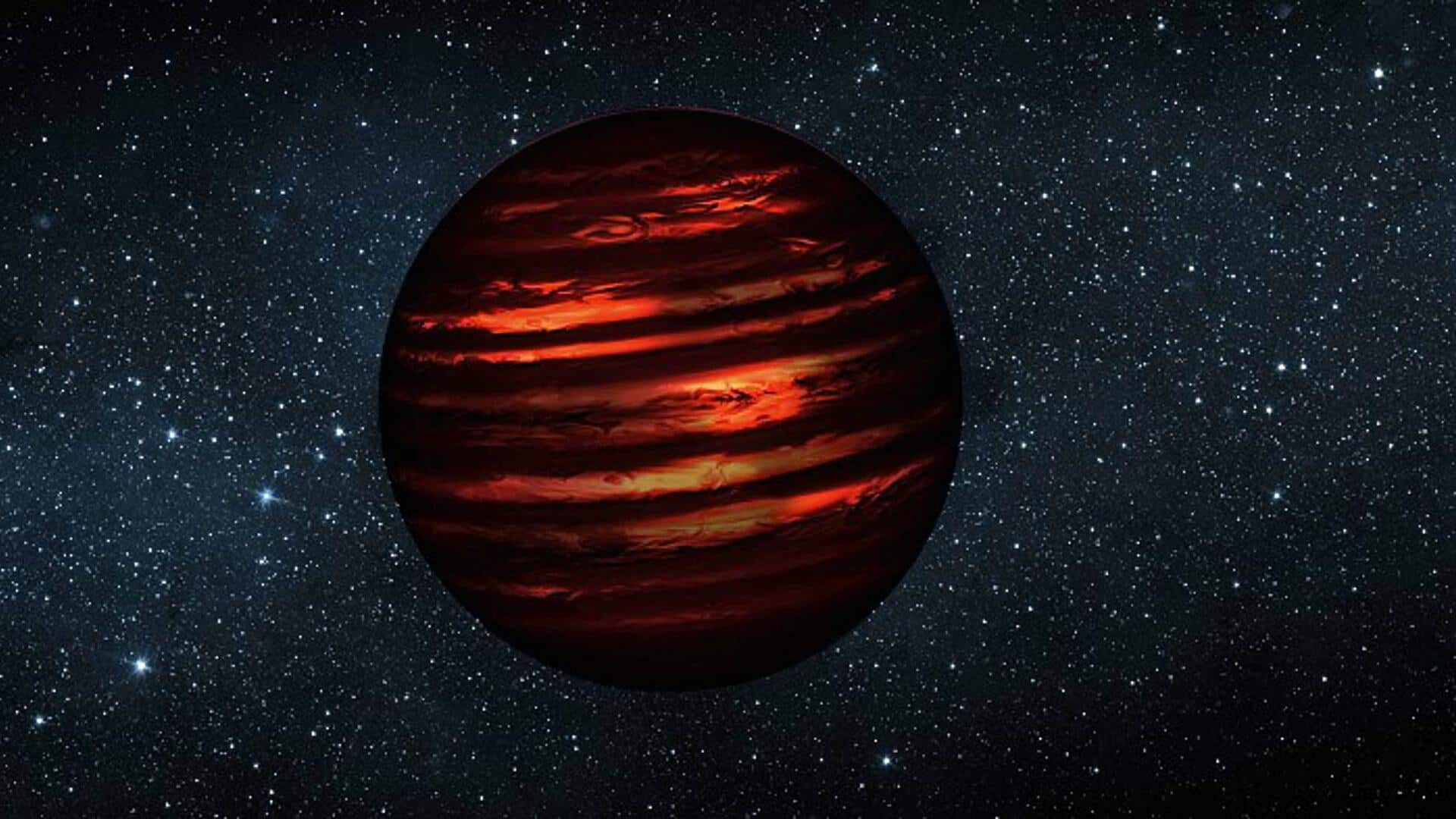
Weather of brown dwarf 20 light-years away has been mapped
What's the story
Astronomers have successfully mapped the atmospheric features of a planetary-mass brown dwarf, an object that sits between a star and a planet. The study, published in The Astrophysical Journal, was conducted by researchers from McGill University and other institutions using the James Webb Space Telescope (JWST). The brown dwarf in question is SIMP 0136, which lies about 20 light-years away in the direction of Pisces constellation.
Profile
What is a brown dwarf?
SIMP 0136, with a mass about 13 times that of Jupiter, is too small to sustain nuclear fusion like stars but too big to be an ordinary planet. It likely formed like a star before cooling and dimming over hundreds of millions of years. As a free-floating planet, drifting alone through space, its isolated environment makes it an ideal laboratory for studying gas giant atmospheres without starlight interference.
Atmospheric mapping
Mapping SIMP 0136
The research team used JWST's Near-Infrared Imager and Slitless Spectrograph (NIRISS) to observe SIMP 0136 for a full rotation of just 2.4 hours. By analyzing minute fluctuations in brightness at different wavelengths, they found that SIMP 0136's light is shaped by at least three distinct atmospheric layers. Each layer contains clouds made of different materials, like forsterite (a rock) and iron, with varying temperatures and chemical compositions.
Atmospheric anomalies
North-south asymmetry, chaotic weather patterns
The team also found signs of north-south asymmetry in some atmospheric layers. This means future mapping efforts will have to consider two dimensions: longitude and latitude. The study revealed that no single model could explain the observed data; only a combination of several atmospheric models could reproduce the spectrum. This supports theories that brown dwarfs and giant exoplanets have chaotic, fast-changing weather patterns similar to Jupiter's bands but far more turbulent.